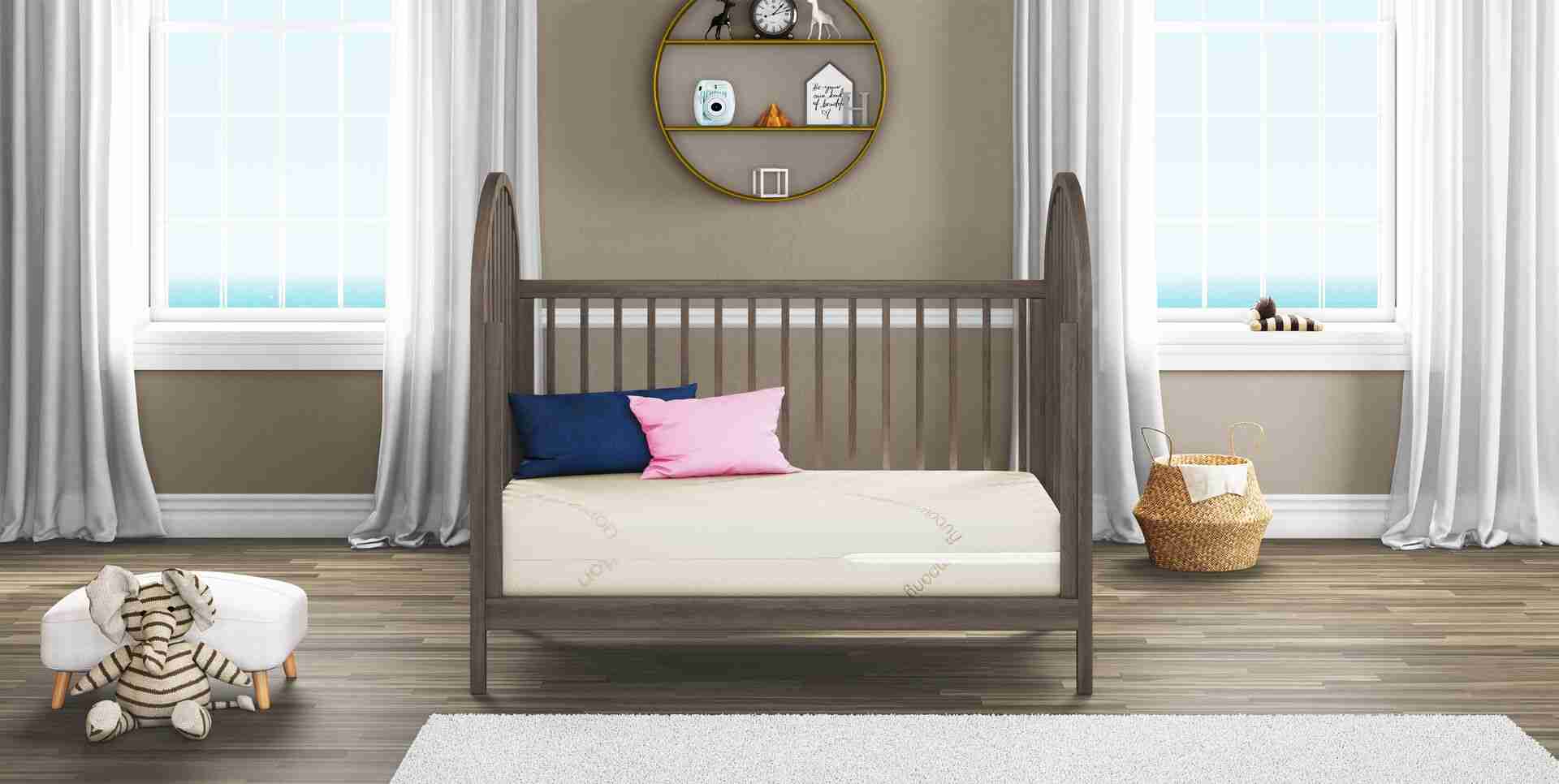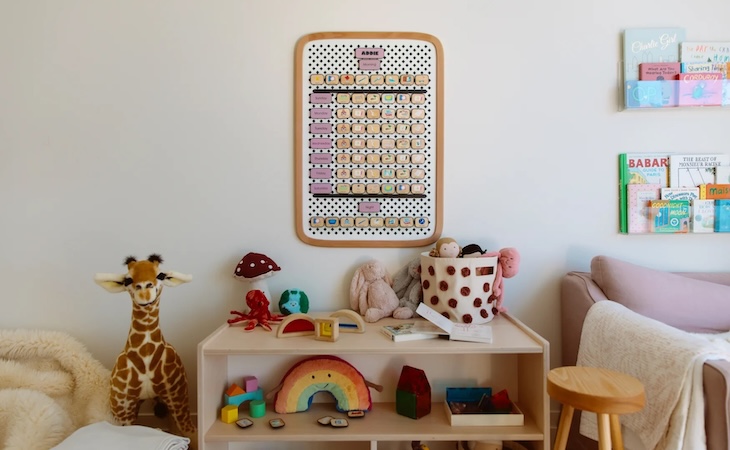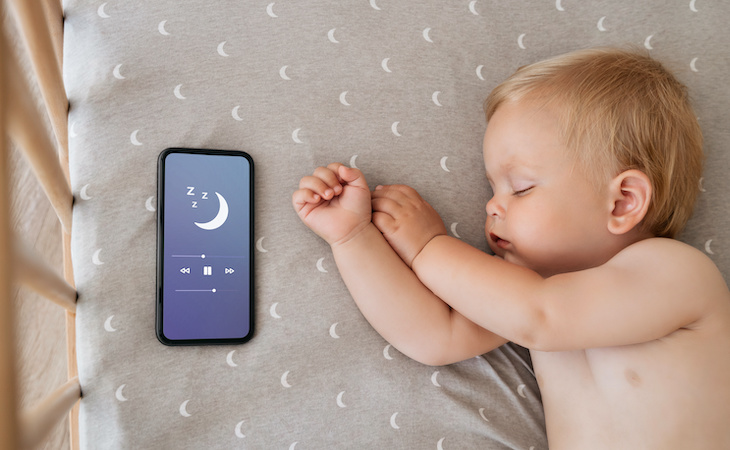Oftentimes, achieving quality sleep comes down to the right setup and routine—and that goes for children as well as adults.
“The right sleep setup is a piece of the overall pie that children need to grow and thrive,” says Courtney Zentz, founder and CEO of Tiny Transitions Sleep Consulting. “Ensuring that you have an optimal sleep space allows children the ideal environment to get proper sleep allowing for growth and development.”
While there have been many approaches to children’s sleep and their beds over the years, there’s one bed in particular that’s currently trending.
It’s called the Montessori bed. Inspired by Montessori philosophy, Zentz believes that the “aesthetic appeal” and “social media influence” are factors in Montessori beds trending.
“In addition, the Montessori philosophy of fostering independence and respect for a child’s natural development is very popular in the new generation of parents,” she adds.
But what exactly is a Montessori bed? Does it have benefits for your child? And how do you choose the right one? Ahead, we’ll explore the answers to these questions.
What is a Montessori bed?
First of all, Zentz explains that the Montessori philosophy emphasizes independence, safety, and a child-centered approach to learning. Montessori beds are designed to be in alignment with this philosophy.
“The bedroom and the bed setup should promote independence, freedom of movement, and encourage learning,” Zentz says. The bed doesn’t have restrictive railings and is low to the floor, which promotes ease of movement. It’s typically made of wood.
Can a Montessori bed help your child sleep better?
Zentz says most experts have positive views on Montessori beds and the entire philosophy of creating independence and a child-centered environment that promotes physical and cognitive development.
“Experts do stress that safety measures should be put in place to ensure that the room is child-proofed and safe for exploration,” she says.
While a Montessori bed setup has the potential to help your child sleep better, Zentz points out that a bed setup alone won’t make a child sleep well.
“Healthy sleep hygiene does,” she says. “Solid routines, ideal schedules, and fostering the Montessori spirit of independence will help children sleep better.”
In other words? That Montessori bed alone won’t work miracles and should be used in conjunction with developing healthy sleep habits and a good routine.
When to transition your child from a crib to a Montessori toddler bed
“The transition from a crib to a Montessori toddler bed is typically made when a child is between 18 months and 3 years old, depending on the child’s development and readiness,” Zentz says. “This transition is often based on the child’s ability to climb out of the crib safely and their readiness for a more independent sleeping arrangement.”
She adds that some children may be ready for a toddler bed earlier, while others may continue to sleep in a crib for a longer time.
“It’s essential to assess your child’s individual development and readiness for the transition,” she says. “Safety is a key consideration, and you should ensure that the new sleeping arrangement is safe for your child.”
How to build a Montessori floor bed
If you’re interested in learning how to make a Montessori floor bed, Zentz provides her top tips for creating one:
- Keep it low to the ground to make it easy for kids to get in and out of bed.
- Create a sense of comfort by allowing children to help pick bedding so they feel a sense of ownership and comfort.
- Keep it minimalist and safe—free of hazards. That means no extra bedding or blankets.
“Parents who are handy can DIY their own Montessori bed to match their decorating style,” Zentz says. “As long as they keep in mind that the Montessori bed frame itself should be designed low, accessible, and promote safety and independence.”
Luckily, there are several DIY tutorials from bloggers and parenting experts that you can turn to.
Zentz says those who aren’t handy can purchase Montessori beds at IKEA or a place that meets their decorating style.
FAQs
What is the point of a Montessori bed?
According to Montessori philosophy, a Montessori bed should promote independence and freedom of movement and encourage learning for the child. This, in turn, can potentially improve their sleep.
What age is appropriate for a Montessori bed?
Every child is different, so the age you should move your child to a Montessori bed will vary depending on the individual child. “From both a cognitive behavioral and development age appropriateness, we recommend making the change around 3 years of age,” Zentz says. “At this age, most children can safely use a floor bed, are sleeping through the night, are able to make choices, and can be independently safe in their sleep space, providing that the room has been safety-proofed.”
Is a Montessori bed better?
Most experts have positive views on Montessori beds and the entire philosophy of creating independence and a child-centered environment that promotes physical and cognitive development. This may, in your opinion, make it a better choice for your child.
What size is a Montessori toddler bed?
Zentz says the Montessori bed is designed to fit a standard

Our dual-sided crib mattress for little ones
, and the bed’s low height allows children to easily climb in and out while providing a safe and comfortable sleeping space. The bed usually runs around 52 inches long.
Is your toddler having trouble sleeping? Check out these toddler sleep tips to help your little one snooze more easily.




